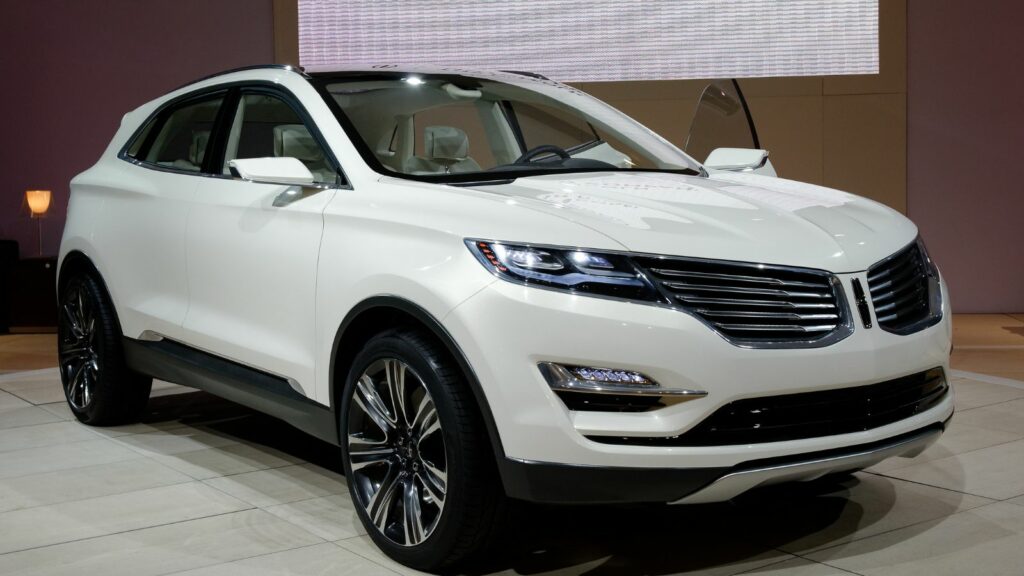Many vehicles hit the market with hype, glowing reviews, and aggressive marketing, only to disappoint drivers once they hit the roads. Whether it’s sky-high maintenance costs, poor winter performance, or fuel economy that doesn’t match the brochure, regret sets in quickly for many Canadians who have purchased specific models. Here are 20 beloved vehicles that Canadians regret buying the most:
Jeep Cherokee (2014–2020)
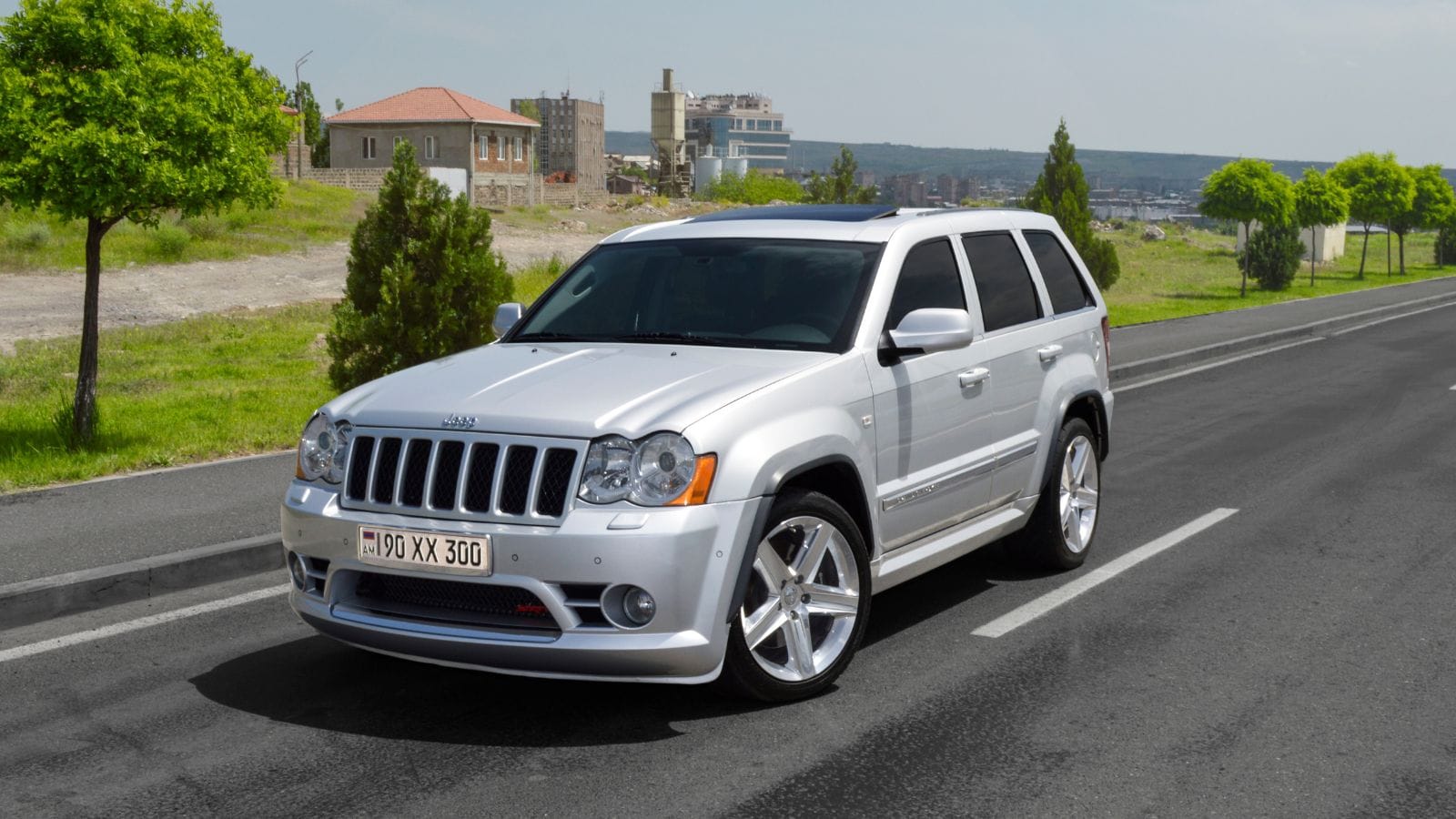
At first glance, the Jeep Cherokee offered rugged charm with city-ready size, which is an ideal combo for Canadian drivers balancing urban commutes with weekend adventures. However, under the hood, there were numerous problems, including the nine-speed automatic transmission, which was notorious for its harsh shifting and reliability issues. Owners also reported excessive oil consumption and electrical issues. As repair costs piled up and resale values plummeted, many realized the Cherokee was not built for the long haul.
Ford Focus (2012–2018)
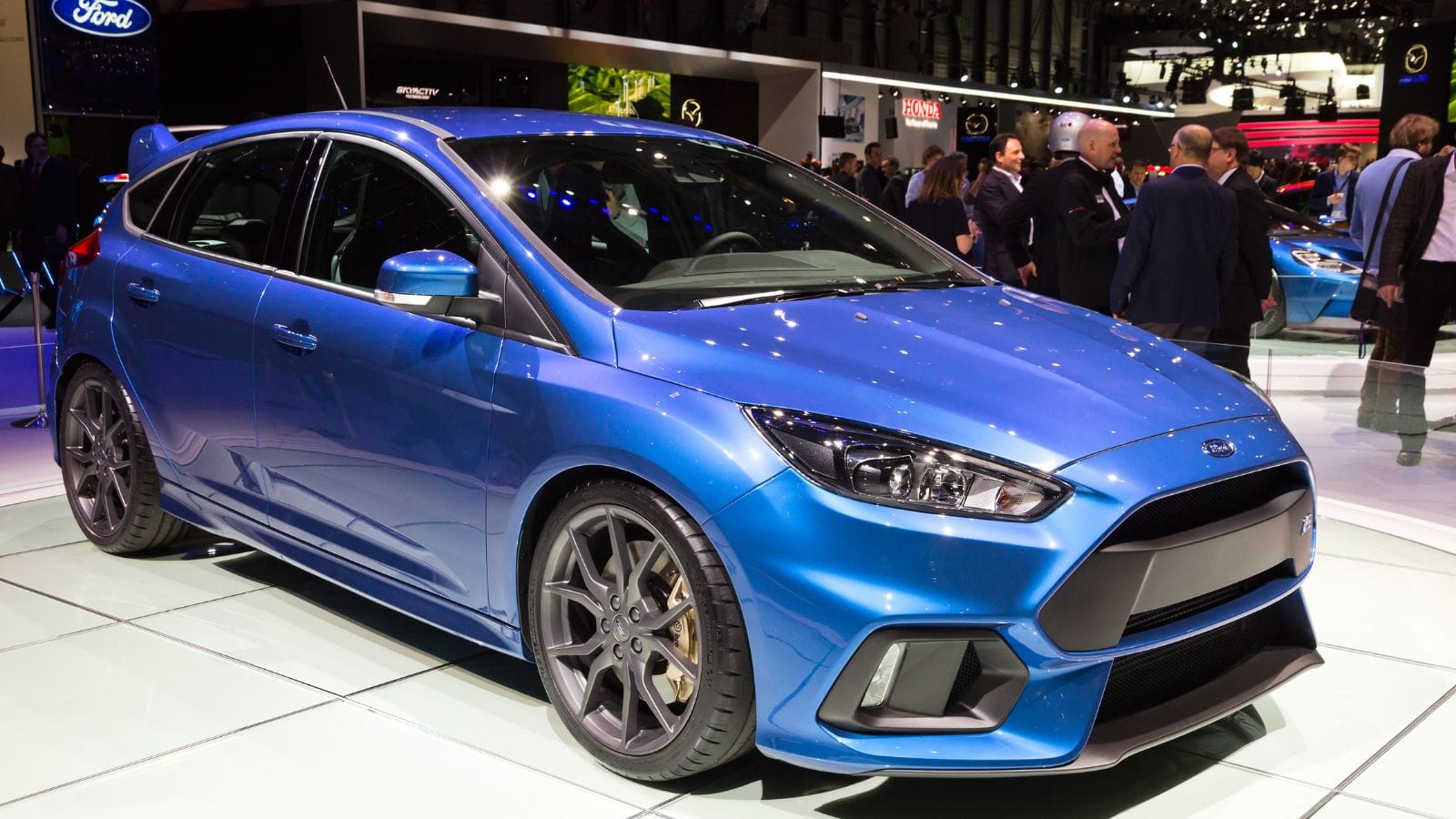
The Ford Focus had everything Canadians wanted in a compact car, like fuel efficiency, a low sticker price, and sharp handling. However, what should have been a smart buy turned into a widespread headache, mainly due to the infamous PowerShift dual-clutch transmission, which was further exacerbated by the model’s jerky shifting, unexpected stalling, and costly repairs. Though Ford attempted multiple software updates and extended warranties, many owners were left stranded, on the road, and in the resale market.
Dodge Journey (2009–2020)
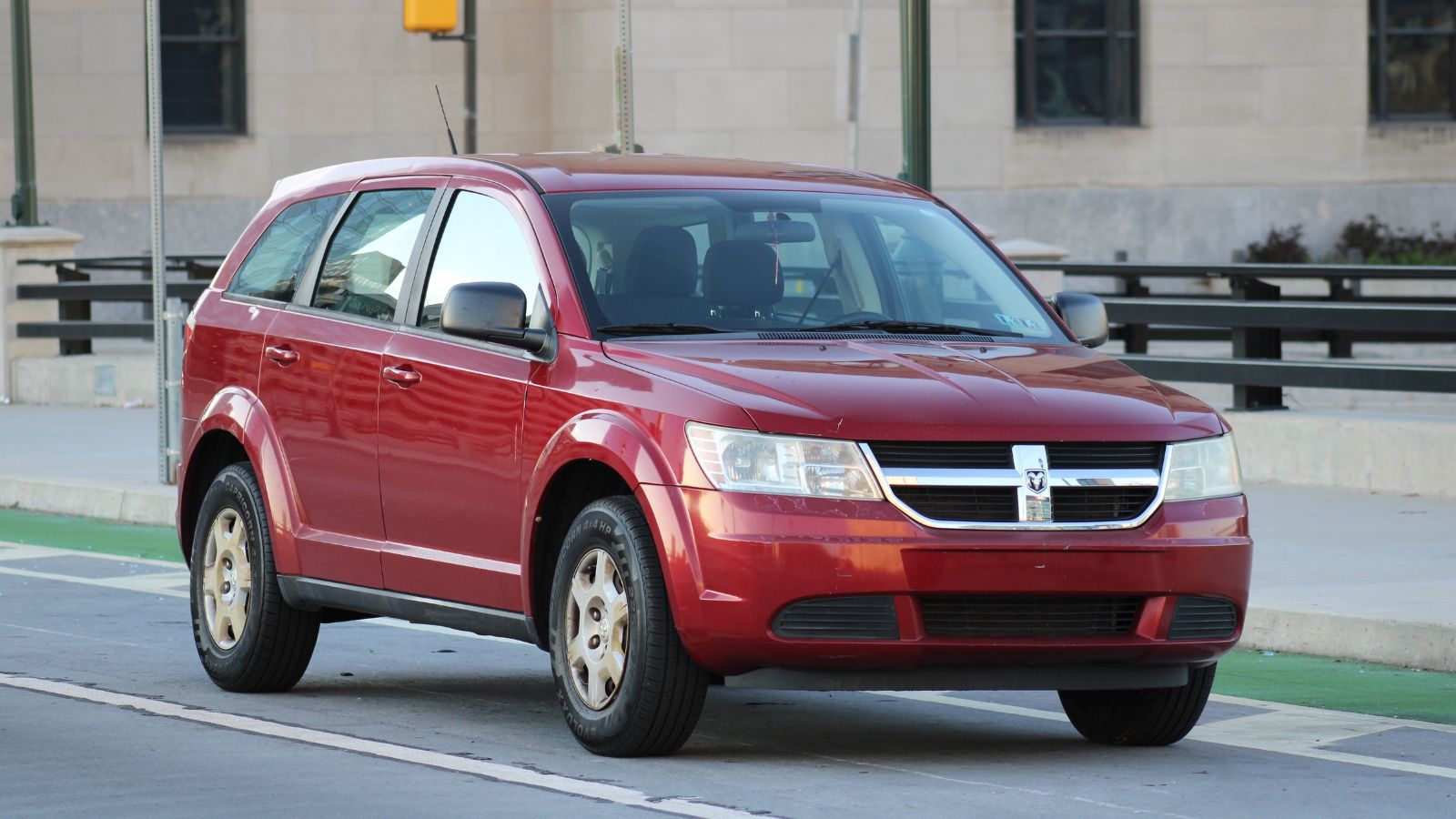
Marketed as a budget-friendly family SUV, the Dodge Journey attracted many Canadians with its spacious seating, available all-wheel drive, and a price that undercut its rivals. But buyers quickly learned why it was so affordable, as the interior felt dated almost immediately, the infotainment system aged poorly, and fuel economy disappointed. Even worse were frequent reliability concerns, particularly with the 2.4L engine and the transmission’s longevity. As maintenance costs rose and value dropped, Canadians soured on what once seemed like a practical purchase.
Nissan Rogue (2014–2019)
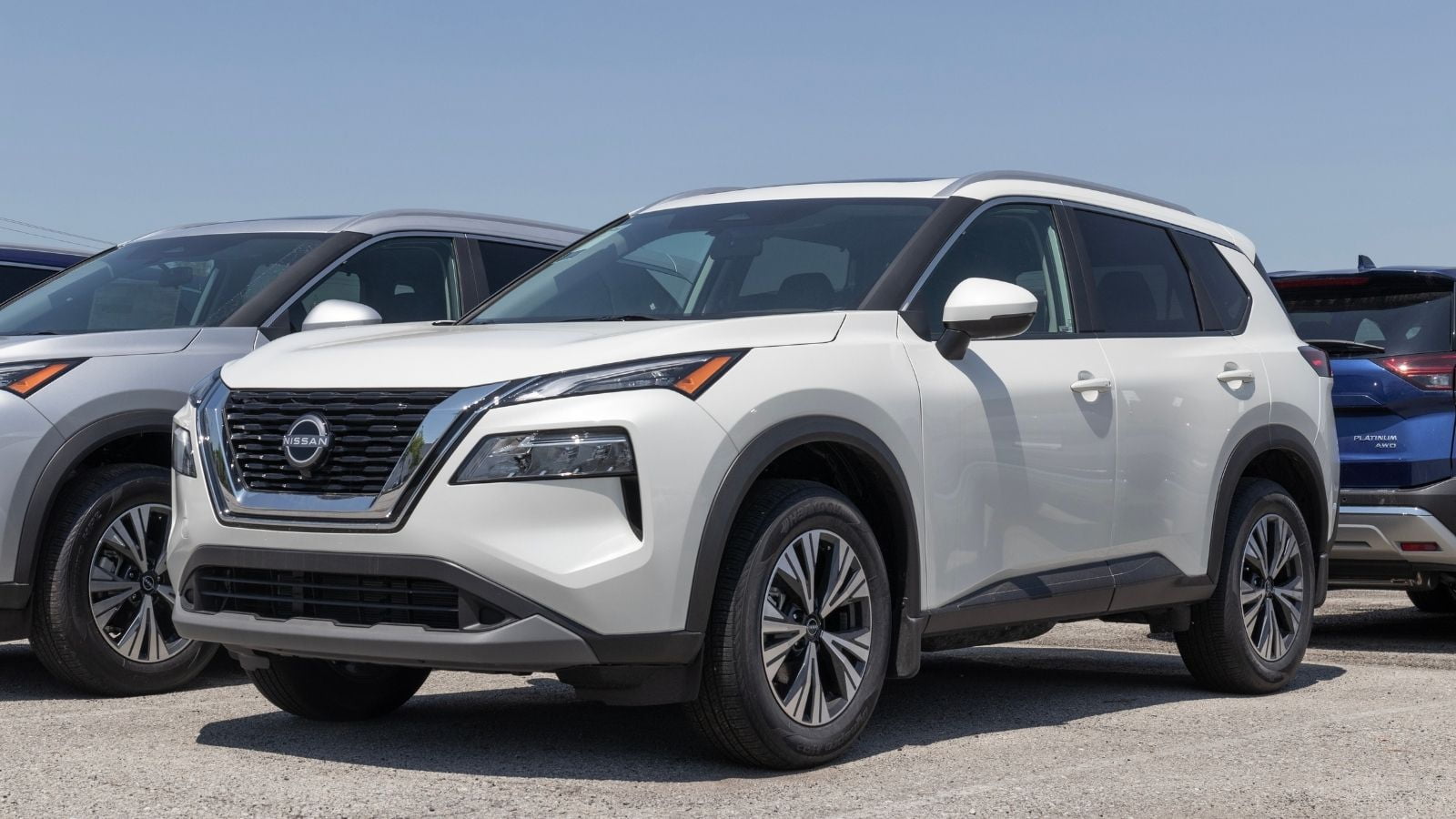
The Nissan Rogue dominated Canadian sales charts for years, thanks to its stylish design, decent cargo space, and available AWD. However, many owners have come to regret their decision, especially those who have dealt with the temperamental CVT transmission. Meanwhile, the noisy cabin and dated technology in older trims have also caused regret, replacing the initial enthusiasm. Complaints also included sluggish acceleration and complete transmission failure, often occurring before the vehicle reached 100,000 km. Although Nissan extended some warranties, the fixes were not always permanent.
Chevrolet Equinox (2010–2017)
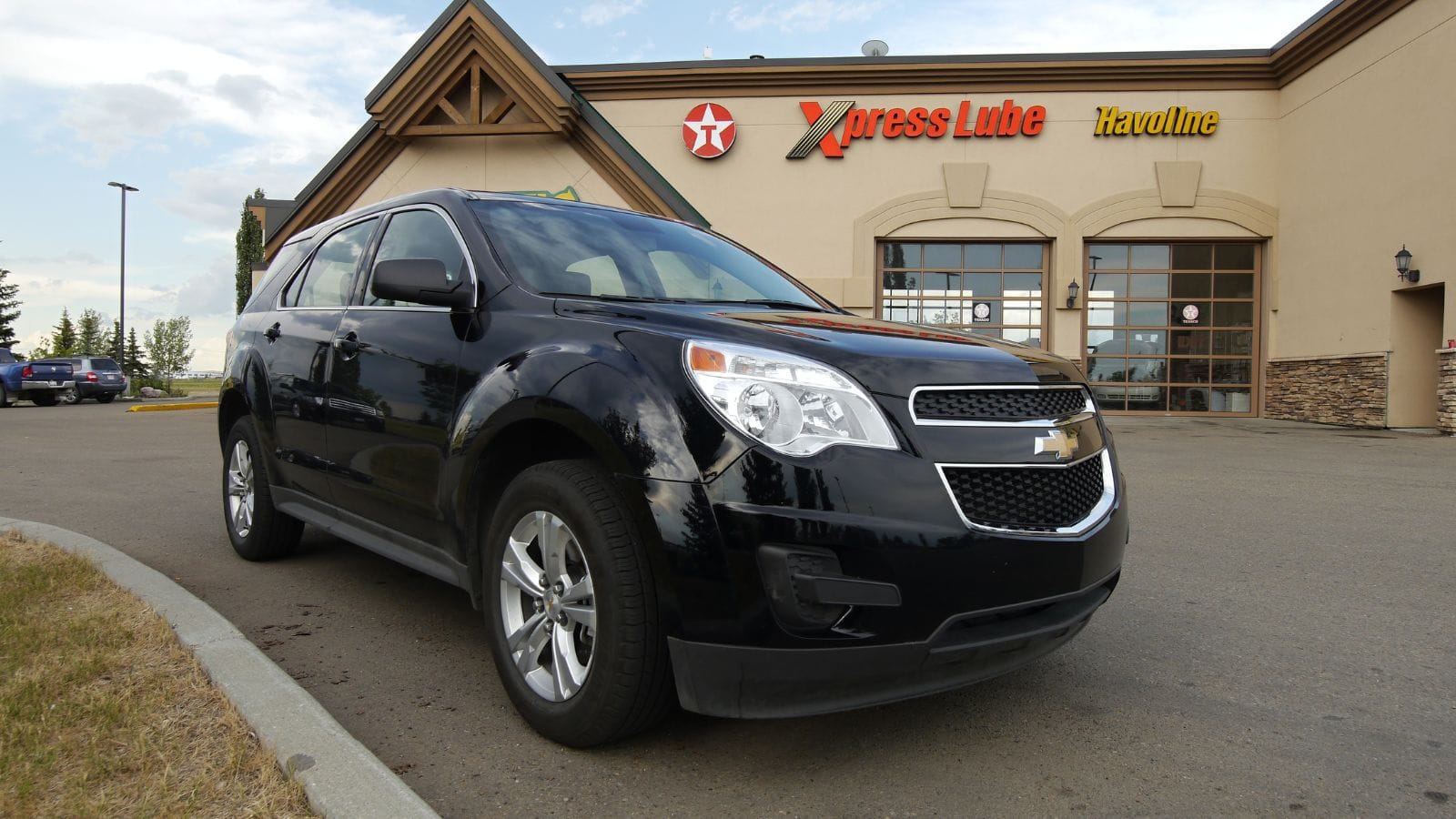
Canadian families flocked to the Equinox for its roomy cabin and smooth ride, but the love did not last. Early models, particularly those equipped with the 2.4L engine, were plagued by oil consumption issues, which could lead to engine damage if left unchecked. Additionally, the inconsistent build quality and underwhelming fuel economy turned a safe bet into a burdensome ownership experience. Many who bought the Equinox to avoid costly headaches wound up spending more than they bargained for in repairs and depreciation.
Hyundai Tucson (2016–2020)
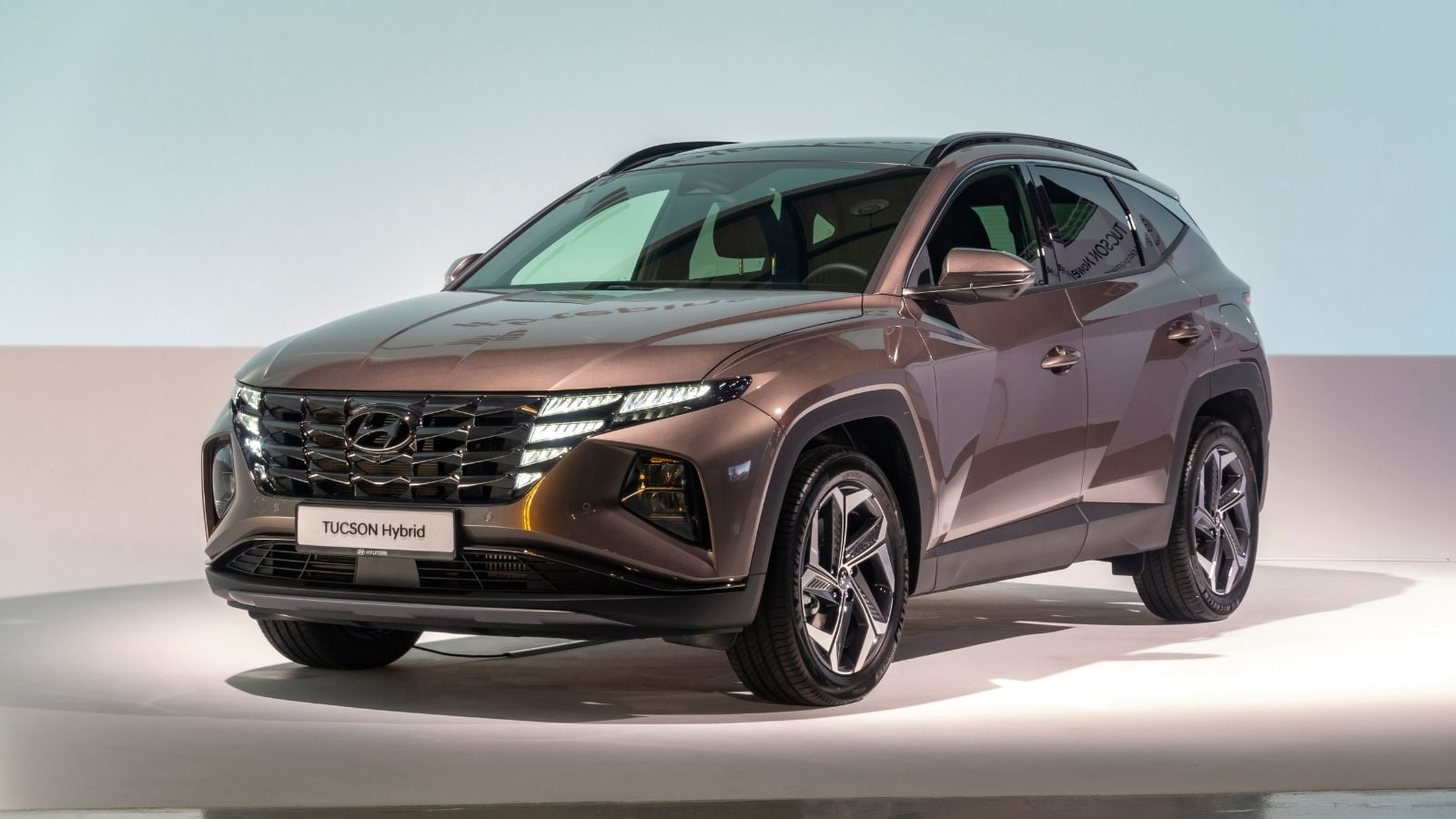
The Hyundai Tucson earned praise for its affordability, warranty, and sleek design. However, for many Canadians, the appeal did not last, as owners of models equipped with the 2.0L and 1.6L turbo engines often experienced hesitation during acceleration and clunky shifting from the dual-clutch transmission. Cold-weather performance was another sore spot as some units struggled to start in frigid conditions, especially in the Prairies. Add road noise at highway speeds and middling fuel efficiency, and the overall experience falls short, bringing regret as real-world reliability fails to deliver.
Volkswagen Jetta (2011–2015)
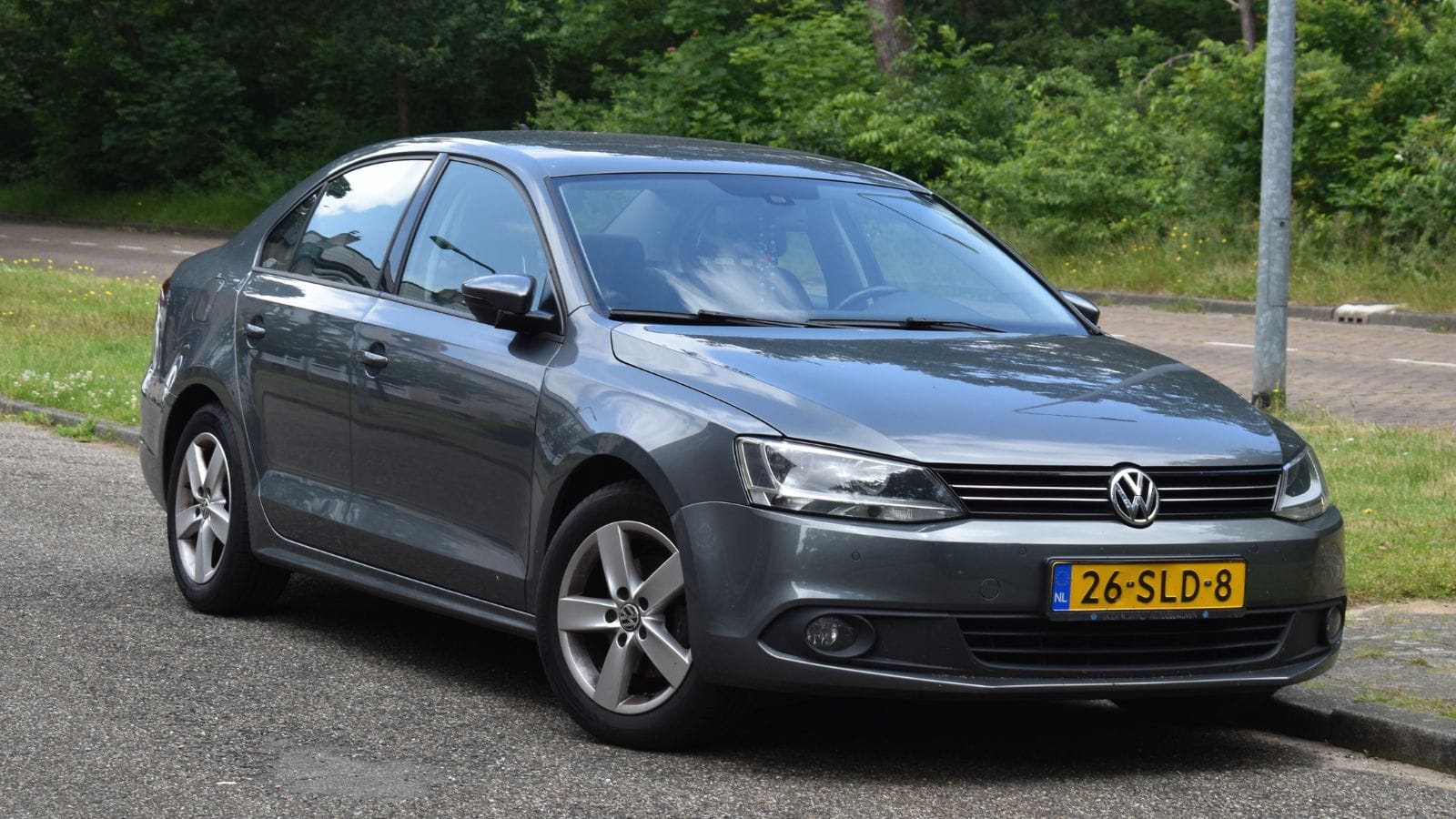
The Volkswagen Jetta once symbolized accessible European engineering, and its refined handling and minimalist style drew in Canadians. But this generation came with serious compromises as the interior materials took a nosedive, and reliability was inconsistent. The 2.0L engine was sluggish, and the turbocharged versions had cooling and fuel system issues. Additionally, parts and servicing costs remained steep compared to those of Japanese competitors, eroding the value proposition. What started as a smart, sophisticated choice often left owners frustrated, especially when expensive repairs surfaced right after the warranty expired.
Subaru Impreza (2012–2016)
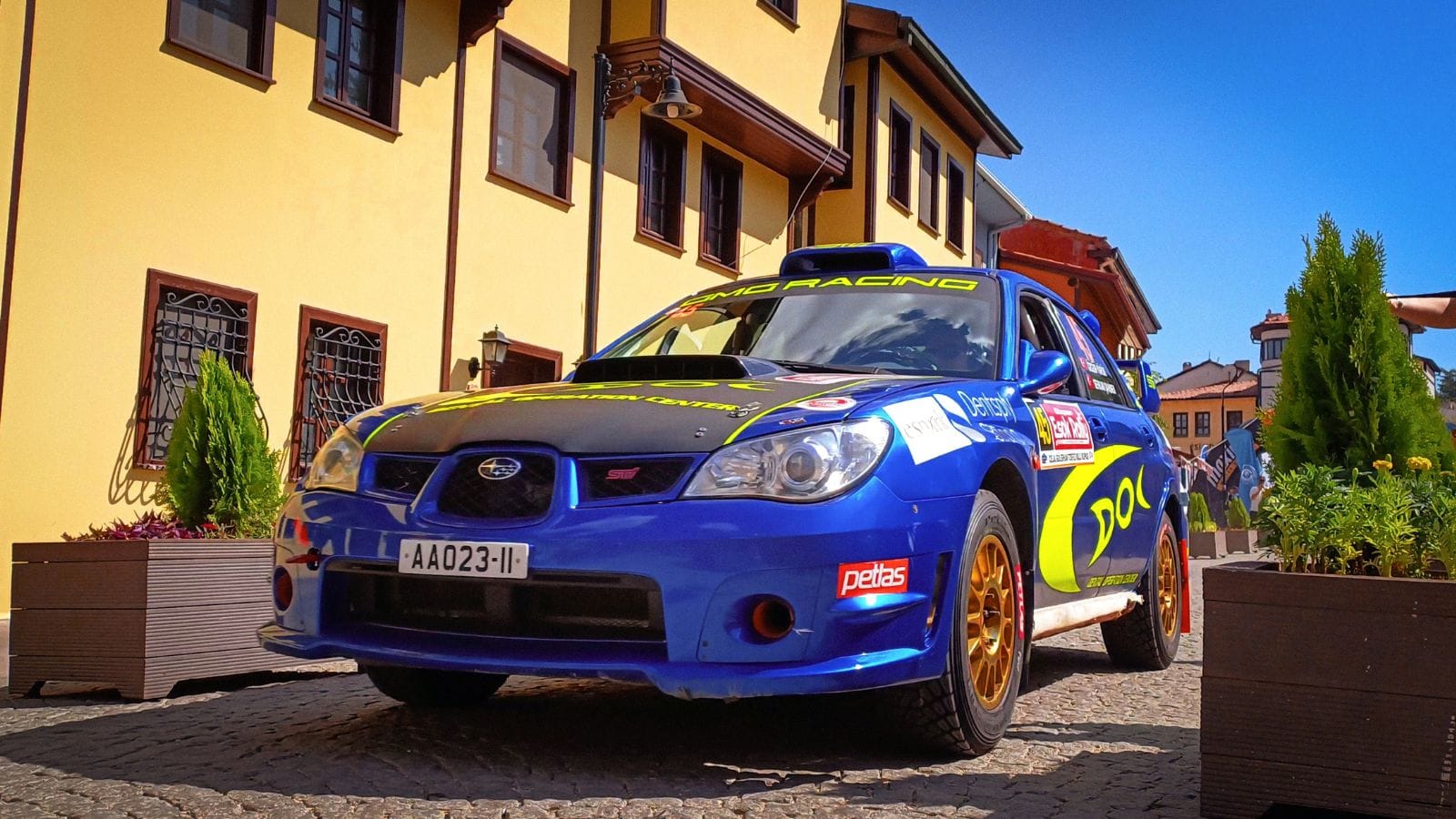
The Subaru Impreza was appealing to many Canadian drivers, thanks to its standard all-wheel drive and a reputation for reliability and longevity. But some owners learned the hard way that not all Subarus are bulletproof, as engine oil consumption issues were common, especially in early models, and rust appeared sooner than expected on Canada’s salted roads. Cabin noise was a constant companion on the highway, while the CVT did not age gracefully.
Chrysler 200 (2015–2017)
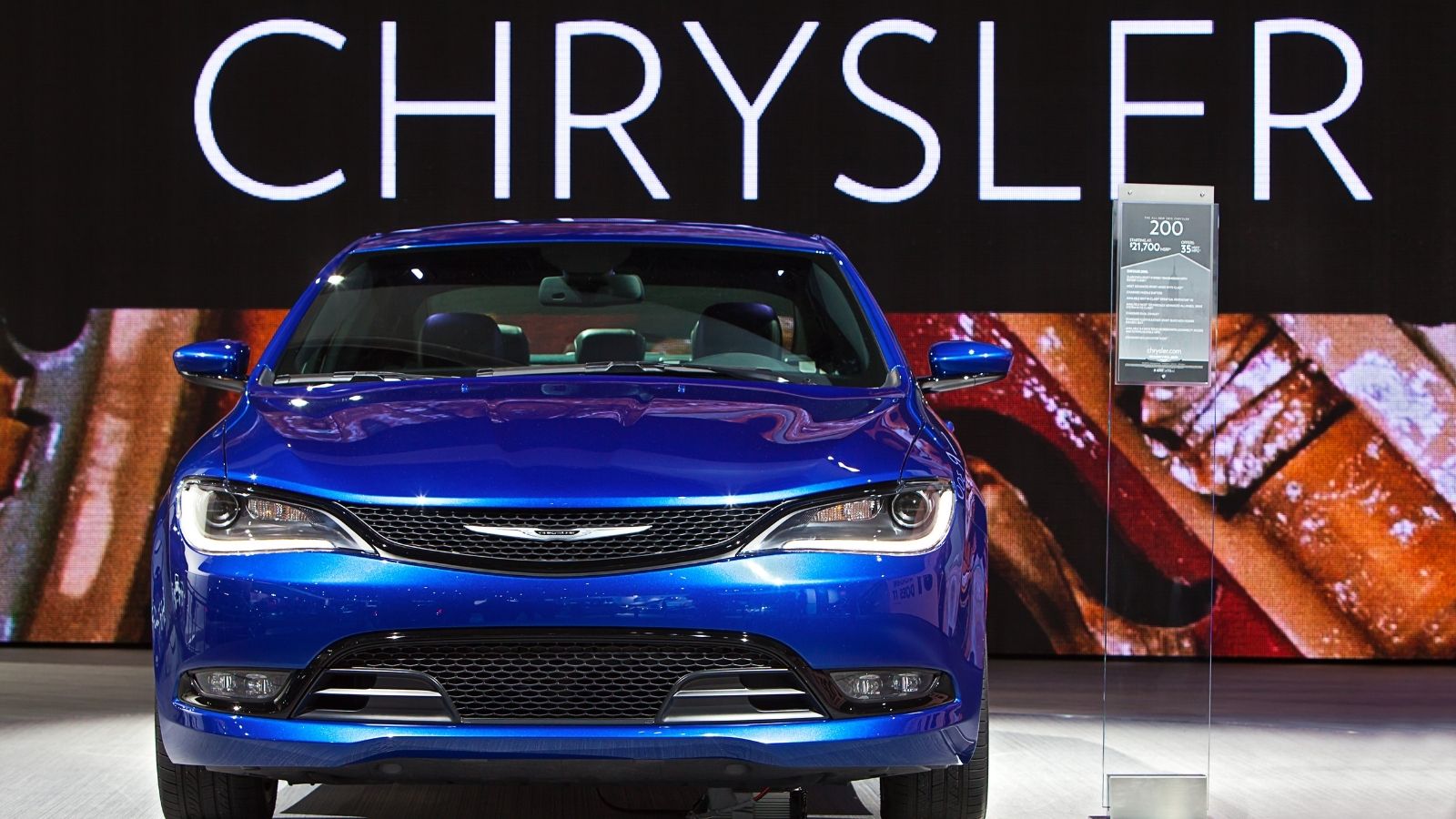
Launched as a stylish mid-size sedan with upscale ambitions, the Chrysler 200 attracted Canadians seeking value with flair. But beneath its sharp looks was a car riddled with issues caused by the nine-speed automatic transmission, shared with other FCA models, which was clunky and unreliable. The rear seat space was cramped, the ride quality suffered over rough pavement, and the 2.4L engine proved problematic in terms of longevity. Chrysler discontinued the model after just a few years, and resale values plummeted, leaving many 200 owners feeling that their vehicle had aged poorly and was worth less than it was initially.
Mitsubishi Outlander (2014–2019)
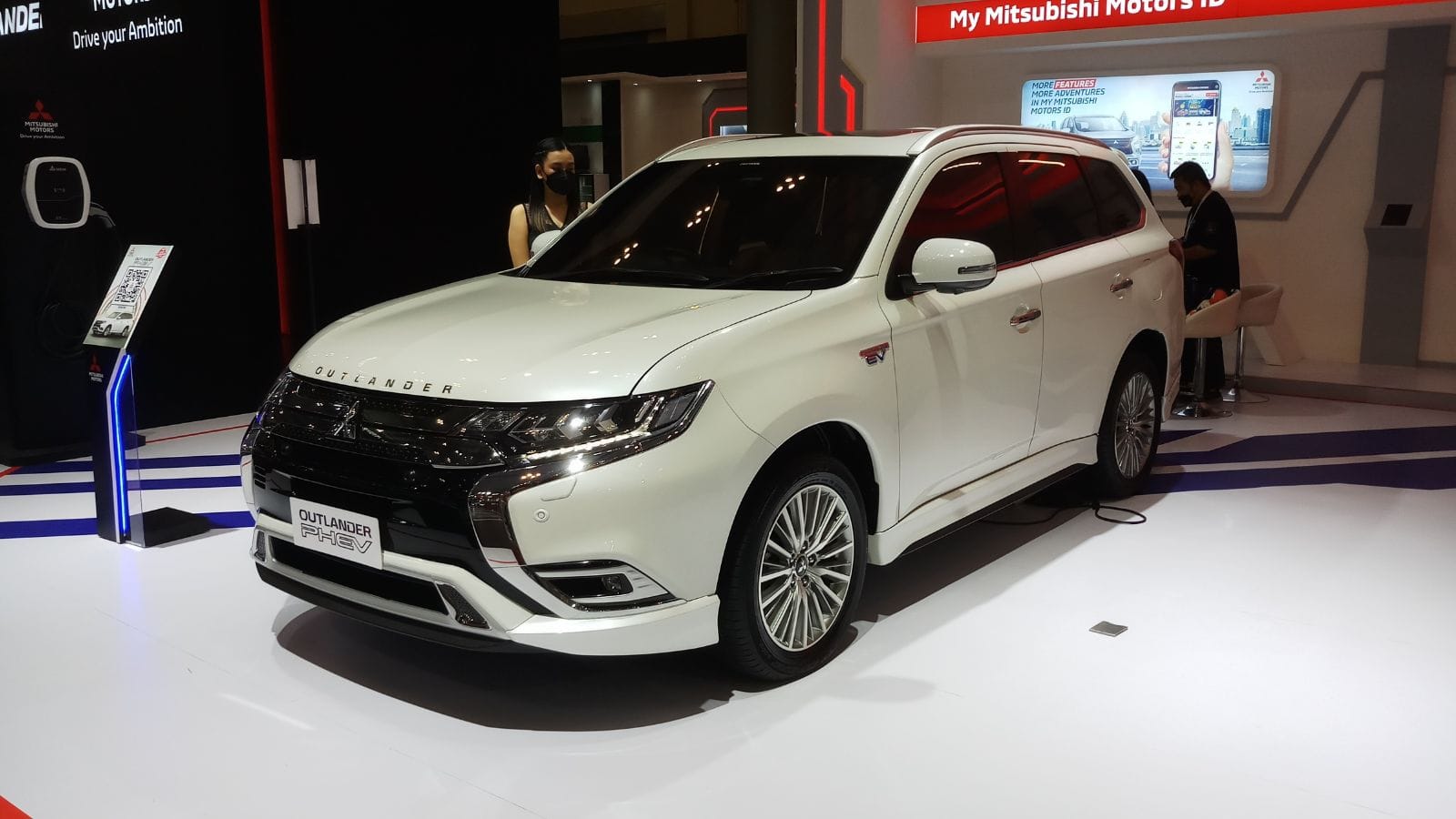
Canadians were intrigued by the Outlander’s generous warranty and available third-row seating, making it seem like a hidden gem among compact SUVs. Unfortunately, its aging platform and underwhelming driving experience soon left owners unimpressed. The base engine struggled with passing power, and the continuously variable transmission (CVT) was far from smooth. The interior materials felt dated, and infotainment was well behind the curve. While reliability was decent, the overall ownership experience fell short of refinement.
Buick Encore (2013–2020)
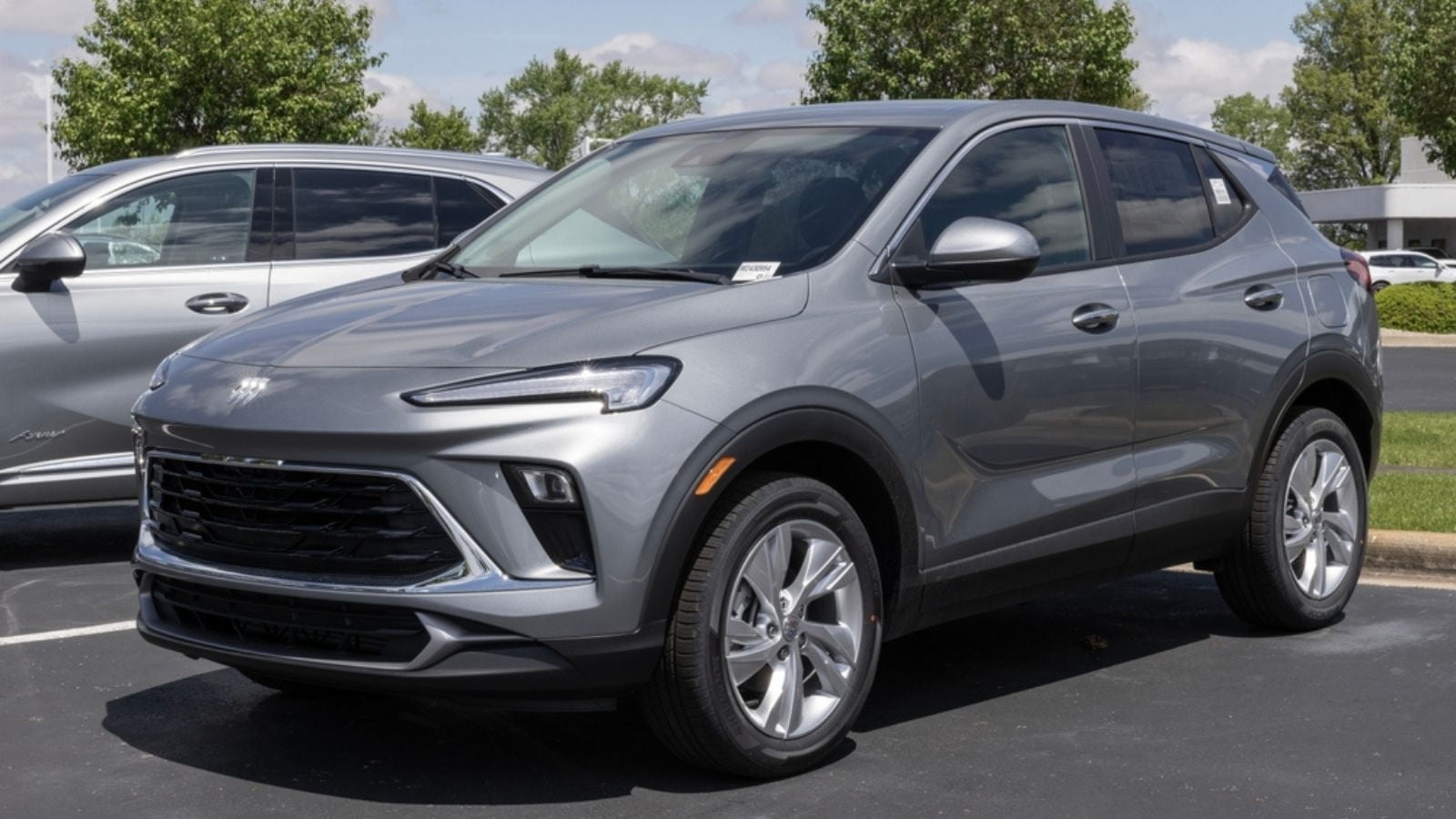
With its compact size and upscale branding, the Buick Encore seemed like the perfect urban crossover for Canadian cities. Luxury touches lured in buyers at an approachable price, but the reality fell short of expectations. The 1.4L turbo engine struggled to deliver power, especially on hills or when fully loaded. The cabin insulation was mediocre, allowing too much road noise to enter. While the interior looked polished, it did not hold up over time. For a vehicle meant to feel premium, it often fell short, and buyers eventually realized they could find more substance elsewhere.
Chevrolet Cruze (2011–2019)
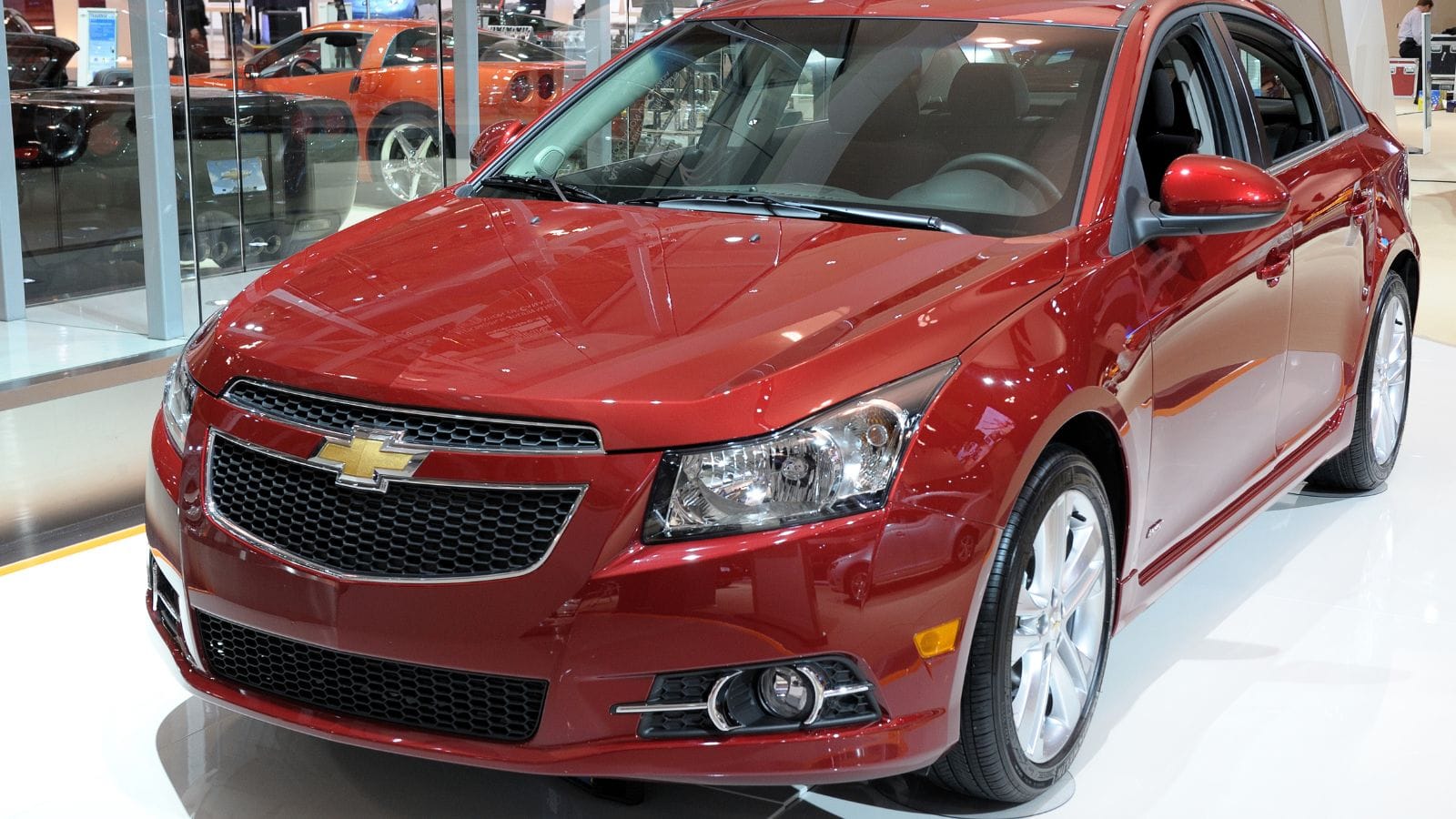
Hailed as GM’s return to compact car relevance, the Chevrolet Cruze initially won over Canadians with sleek styling and solid fuel economy, but its ownership often came with headaches. Turbocharged models experienced issues with their coolant and intake manifolds, while diesels suffered from costly emission system failures. The interior materials wore out quickly, and the infotainment systems lagged behind those of rivals. Reliability was also inconsistent across model years, and resale values fell sharply.
Fiat 500 (2012–2017)
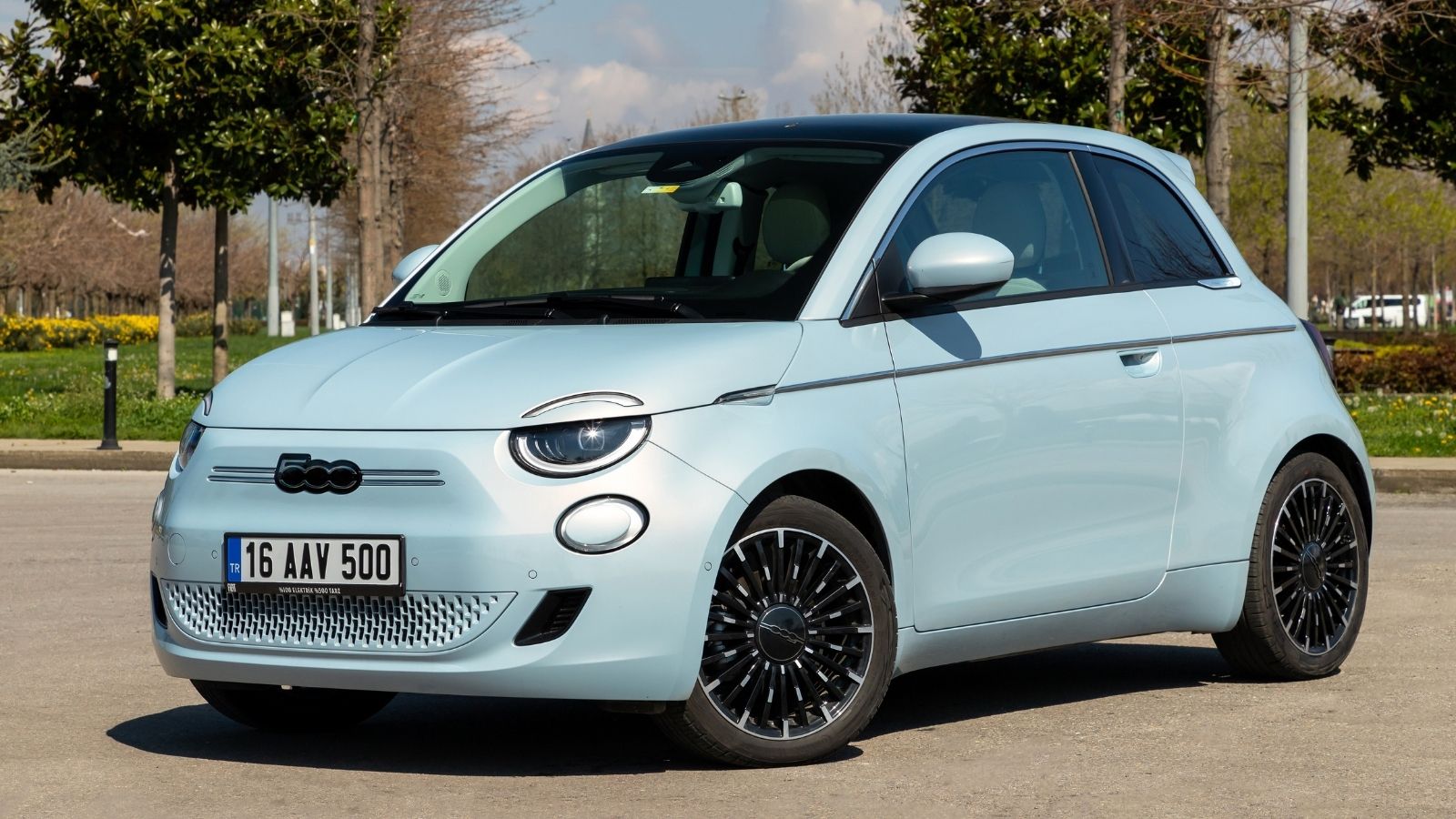
Charming, retro, and undeniably fun-looking, the Fiat 500 made a splash in Canada’s small car segment. However, the ride was stiff, the cabin cramped, and winter performance was subpar, which was no surprise for a car built more for Rome than Regina. Many owners also reported electrical issues, premature clutch failures, and parts shortages. Additionally, Fiat’s dealer network struggled to support the brand effectively across Canada. For many, the novelty wore off quickly, leaving them with a car that was more frustrating than fun.
Kia Sorento (2011–2014)
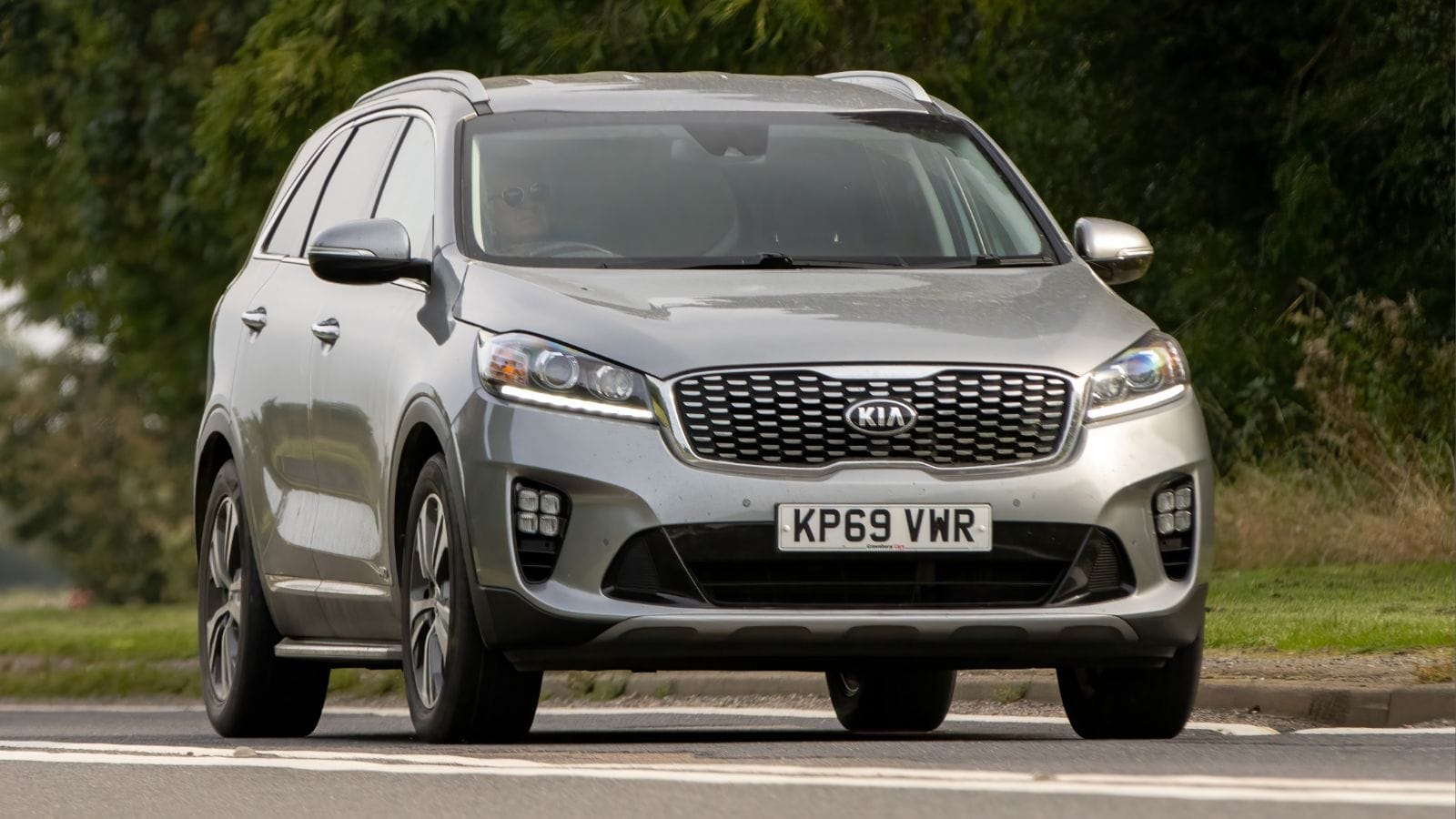
The Kia Sorento ticks all the boxes, offering three-row flexibility, good warranty, and attractive pricing. However, early ownership reports paint a different picture, as the 3.5L V6 models suffered from engine failures and timing chain issues, while the four-cylinder versions lacked power. Transmission failures were not uncommon with the model, and interior rattles were a persistent issue in older models. While newer Sorentos improved considerably, many Canadians who bought during this generation ended up with major repairs sooner than expected.
Mazda CX-9 (2007–2015)
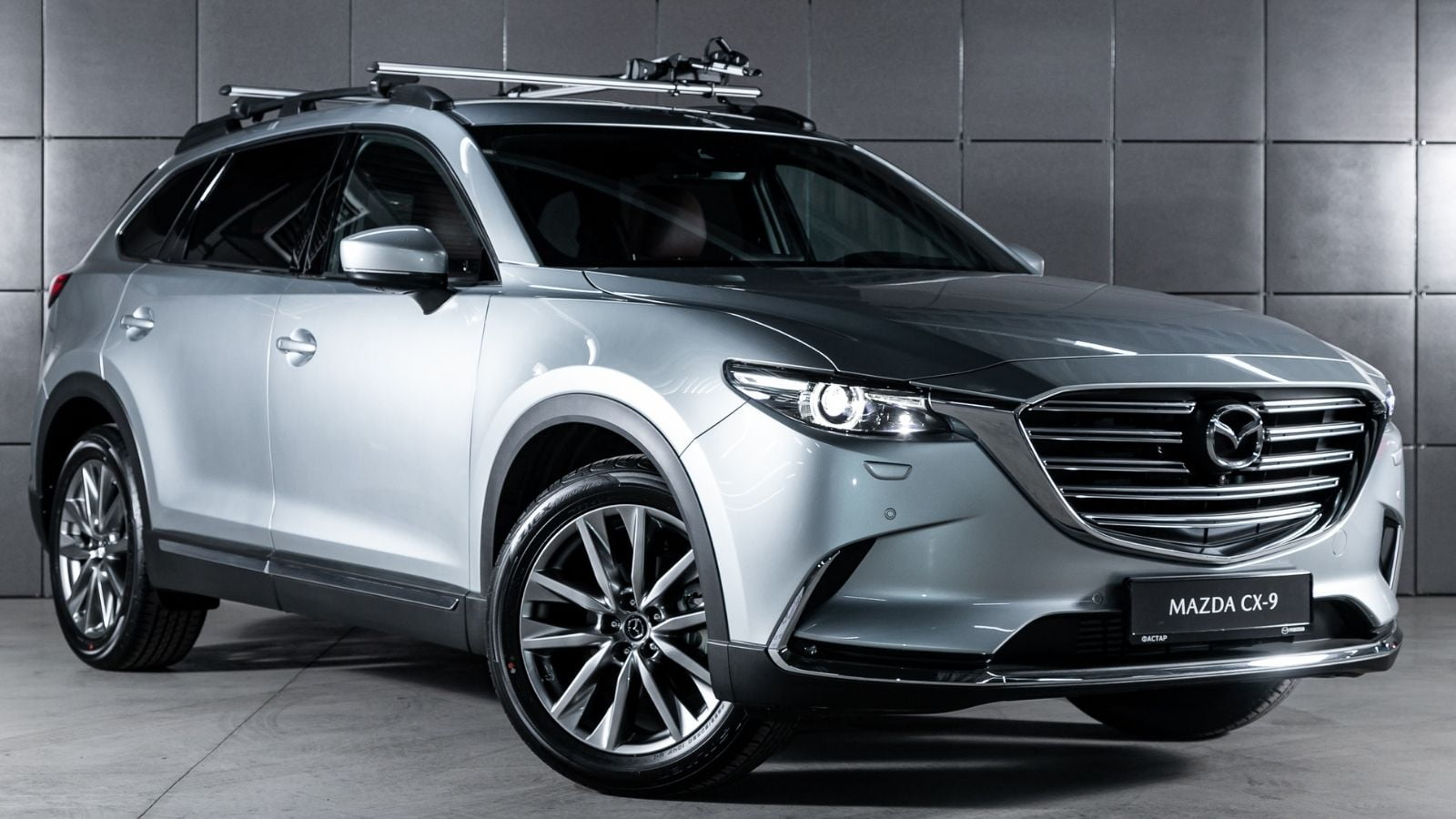
As Mazda’s largest SUV, the CX-9 once offered a sporty alternative to boxy family haulers, but those who bought earlier models now look back with frustration. The 3.7L V6 was thirsty and prone to water pump failure, which was an issue that could quietly destroy the engine from the inside. Interior quality and tech features also lagged behind those of competitors. As maintenance costs increased and fuel bills rose, many Canadian families realized they had gambled on a fun-to-drive SUV that did not deliver in terms of longevity or practicality.
Toyota Yaris (2007–2019)
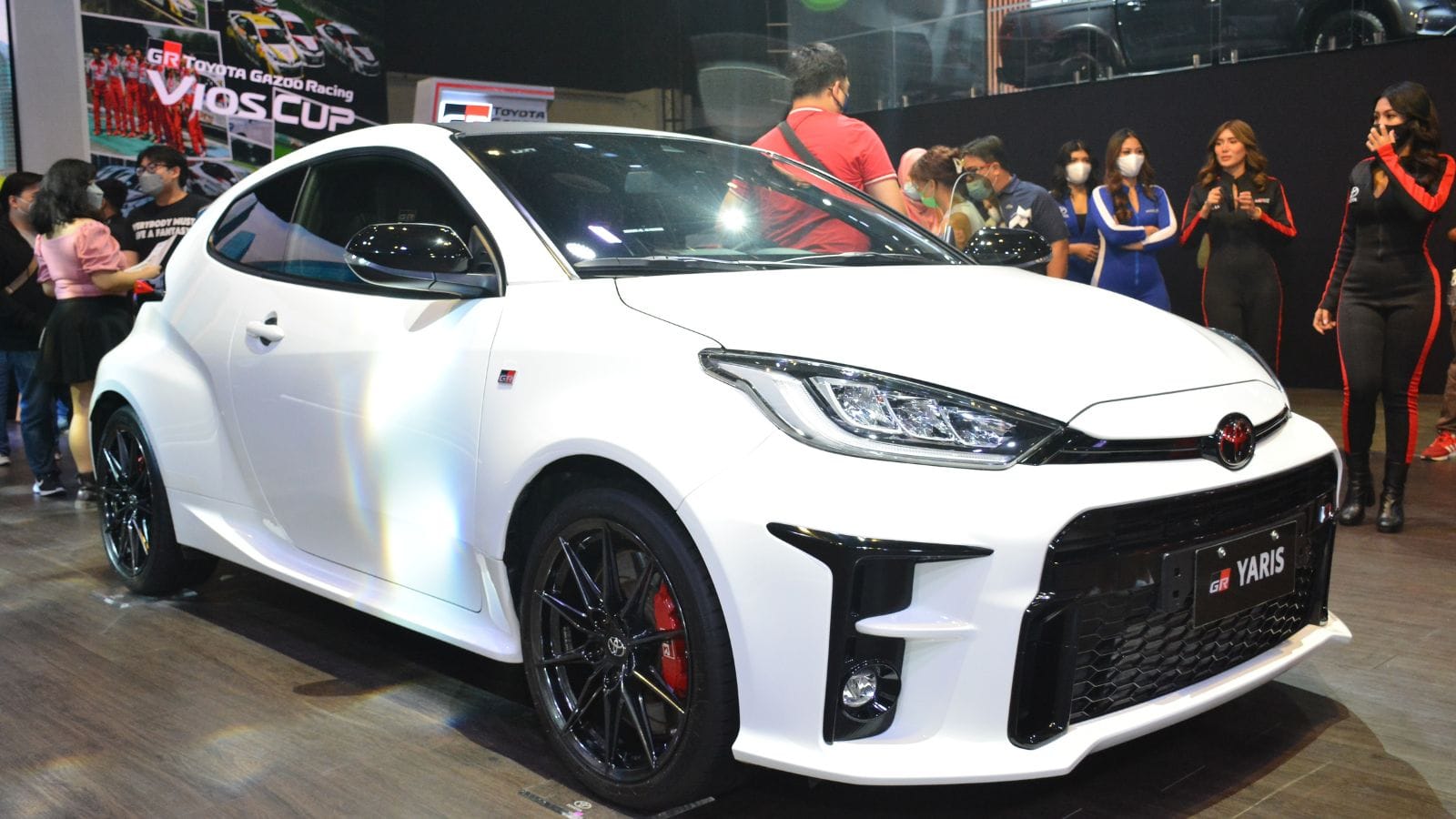
The Toyota Yaris earned a loyal following for its simplicity and affordability, but it was not without drawbacks, especially in Canada. The subcompact struggled in harsh winters, with limited traction and poor heat distribution in early models. Additionally, cabin noise was pronounced at highway speeds, and interior ergonomics felt stuck in a past decade. Although it was reliable, it lacked comfort and versatility, especially for growing families, and many Canadians who expected a smooth, long-term commuter ended up frustrated by the Yaris’s limitations.
GMC Terrain (2010–2017)
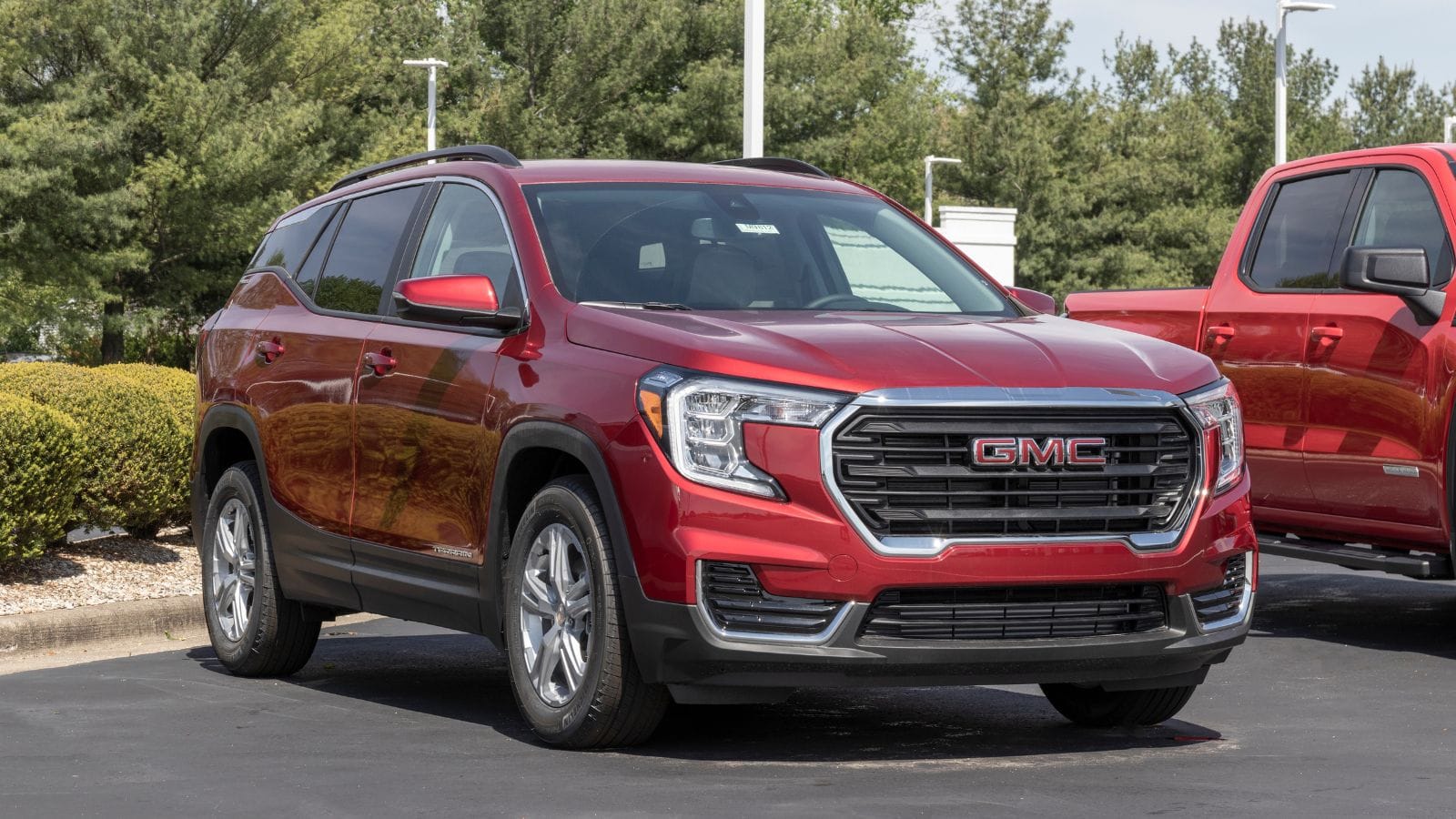
Canadians loved the GMC Terrain for its boxy styling and promise of rugged capability in a compact SUV. However, ownership often brought disappointment, as the base 2.4L engine was prone to high oil consumption, which sometimes resulted in catastrophic engine damage. Transmission issues also arose, and many found the interior to be plasticky and outdated, while the fuel economy did not meet expectations. The Terrain looked bold, but its performance and longevity failed to back up the swagger, and by the time the next generation launched, early adopters were already trading out.
Smart Fortwo (2008–2015)
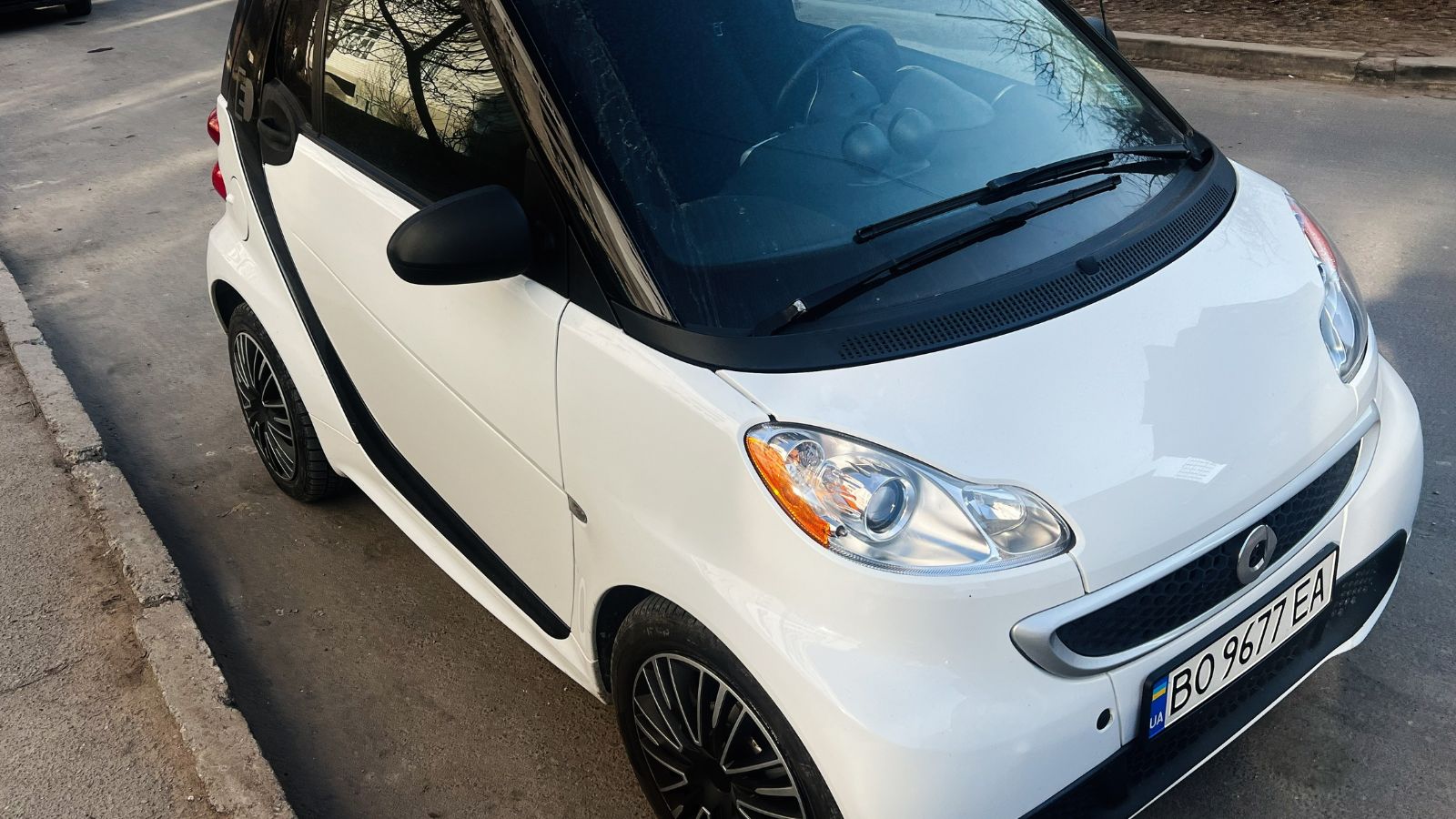
Billed as a revolutionary urban car, the Smart Fortwo seemed perfect for downtown Toronto or Vancouver, but Canadian owners quickly discovered its limitations. The semi-automatic transmission was painfully jerky, the ride quality harsh, and winter drivability was poor even with snow tires. The interior lacked comfort, and highway stability was unnerving. Reliability was also inconsistent, and parts were surprisingly expensive. Although some appreciated its parking superpower, most found themselves fed up with the daily compromises.
Acura ILX (2013–2018)
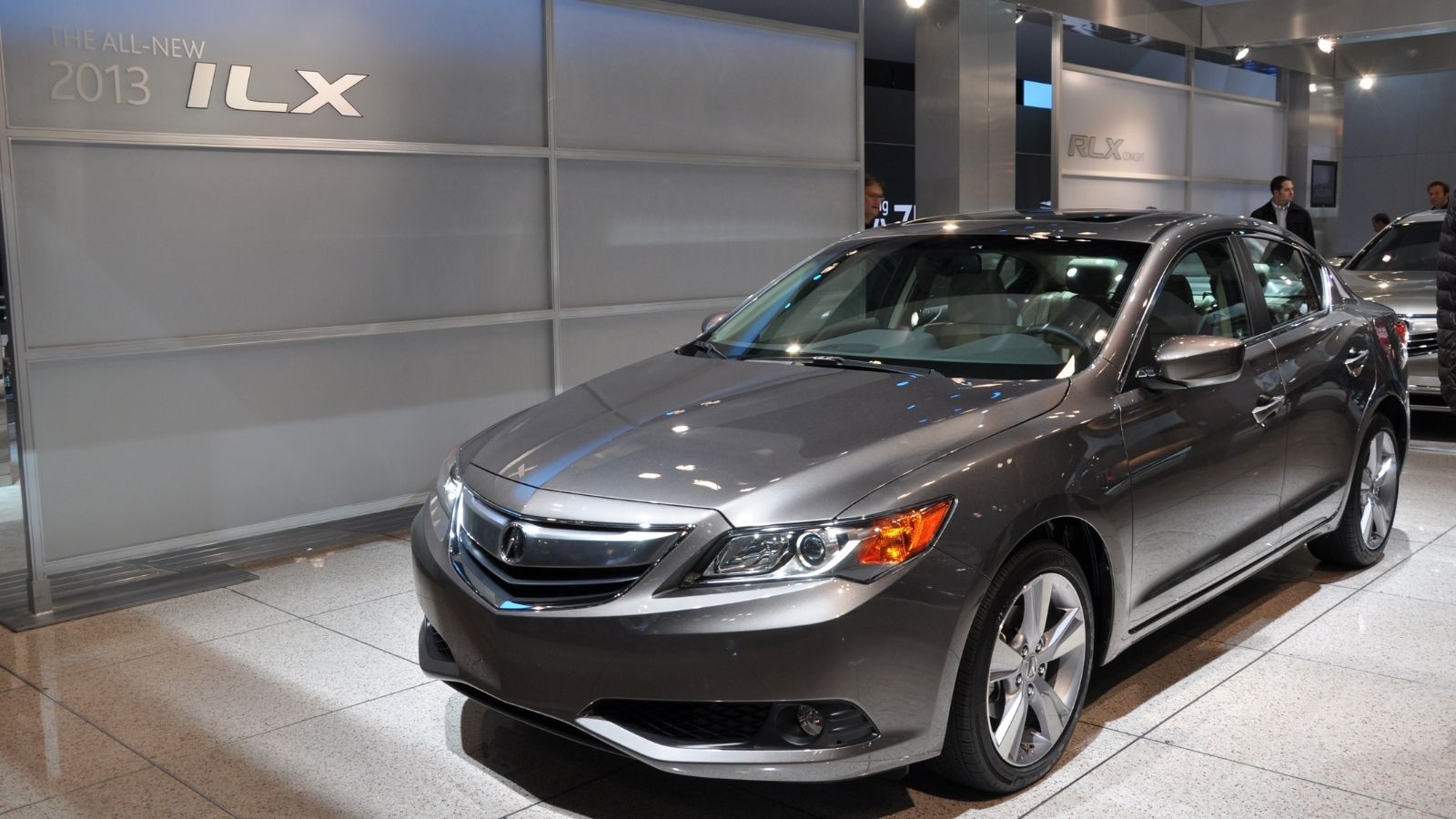
Marketed as an entry-level luxury sedan, the Acura ILX appealed to Canadians wanting Honda reliability with premium touches. Built on a Civic platform, the ILX did not offer much more refinement than its mainstream cousin. The base 2.0L engine lacked power, interior features lagged behind those of luxury rivals, the ride was stiff, and road noise became noticeable at higher speeds. Many owners felt they had overpaid for a badge that did not significantly enhance the driving experience, and when expectations of luxury were not met, disappointment ensued; buyers often switched brands altogether.
Lincoln MKC (2015–2019)
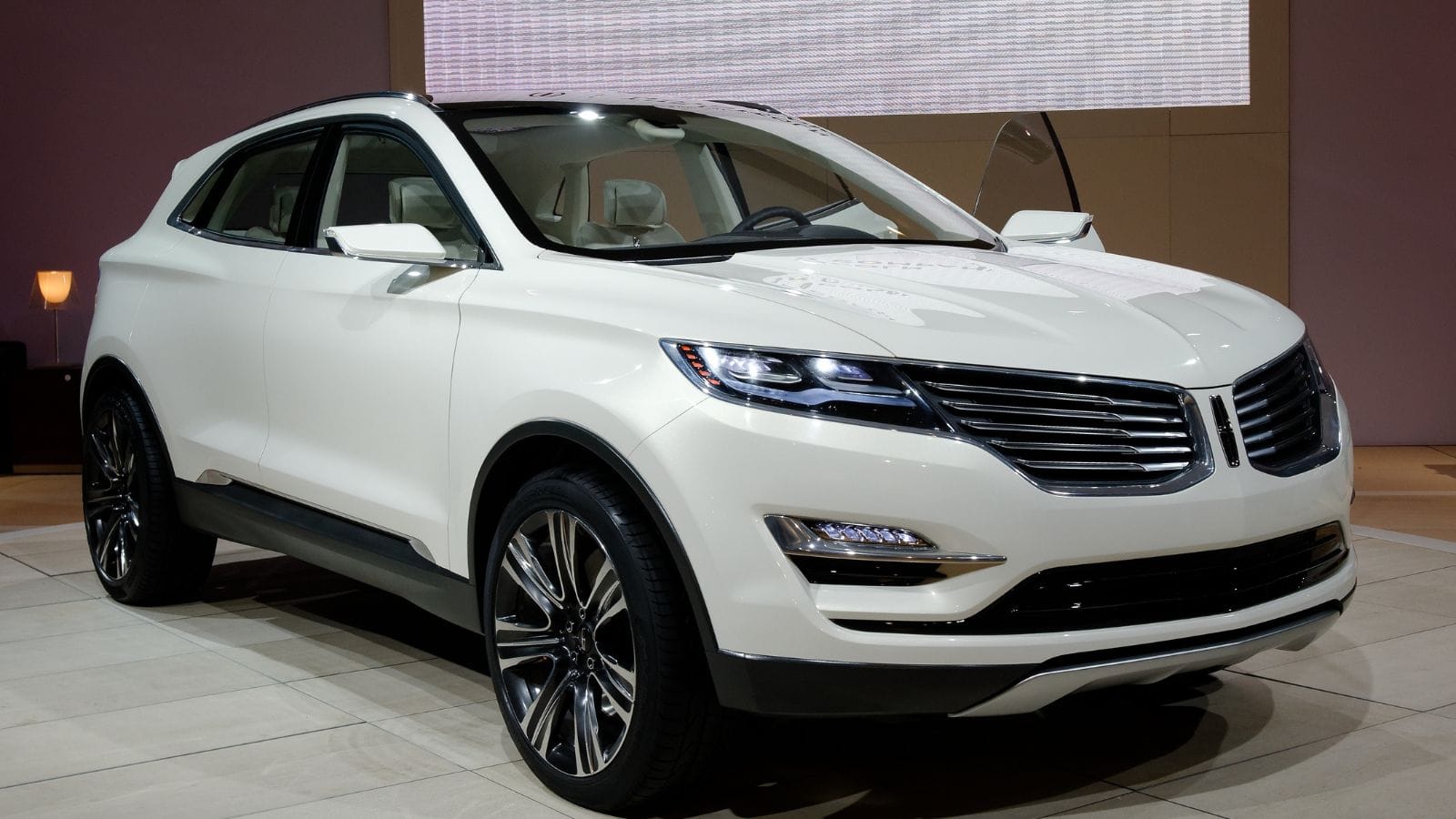
The Lincoln MKC aimed to offer a premium compact SUV alternative to European rivals, but it fell short in several areas. While stylish and well-equipped on paper, the MKC struggled with inconsistent build quality and a bumpy ride. The 2.3L EcoBoost engine exhibited turbo lag and was thirsty under load, with several owners reporting electrical issues and early transmission problems. The cabin materials also did not quite live up to the luxury promise, and depreciation hit harder than expected, particularly for Canadians looking for true luxury.
25 Facts About Car Loans That Most Drivers Don’t Realize

Car loans are one of the most common ways people fund car purchases. Like any other kind of loan, car loans can have certain features that can be regarded as an advantage or a disadvantage to the borrower. Understanding all essential facts about car loans and how they work to ensure that you get the best deal for your financial situation is essential. Here are 25 shocking facts about car loans that most drivers don’t realize:
25 Facts About Car Loans That Most Drivers Don’t Realize
